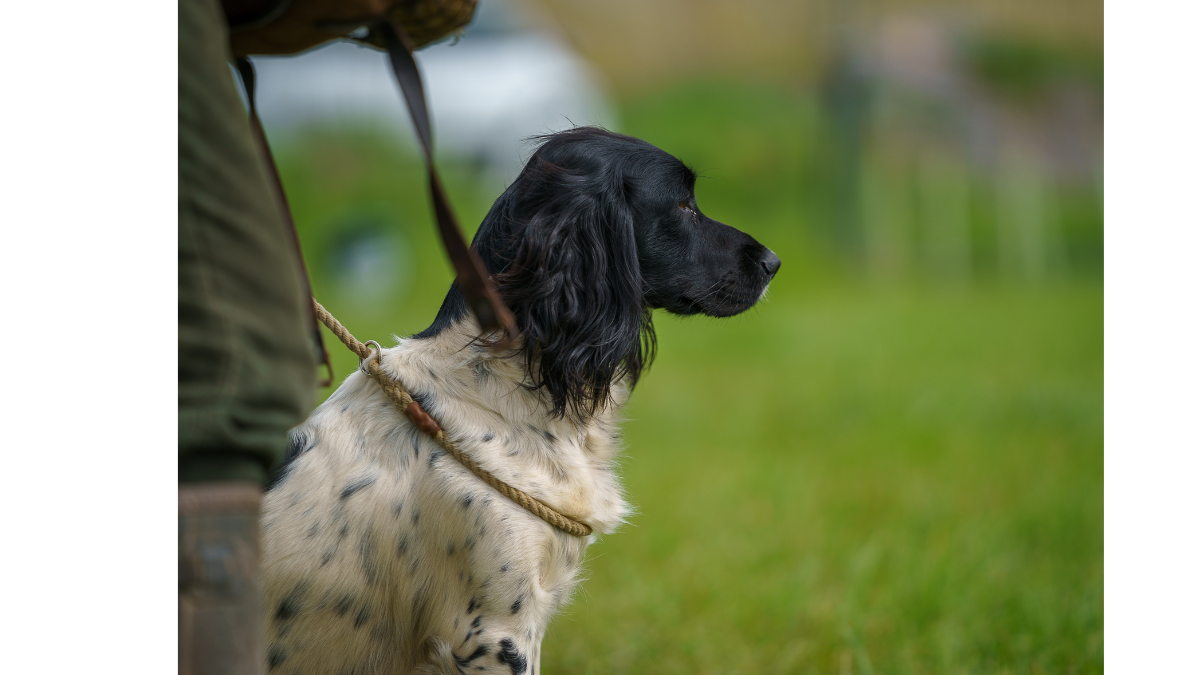Slip leads, collars and harnesses

Why I Recommend a Flat Collar or Harness for Teaching Young Dogs to Walk on a Lead (Even if You Have a Gundog)
Why I Recommend a Flat Collar or Harness for Teaching Young Dogs to Walk on a Lead (Even if You Have a Gundog)
When it comes to teaching young dogs to walk on a lead, I always recommend starting with a flat collar or harness, rather than a slip lead. This advice stands even for gundogs. Using a harness or flat collar helps create positive experiences and encourages the dog to enjoy being in the heel position. Here’s why:
1. Comfort and Safety
Flat collars and harnesses are far more comfortable for young dogs because they don’t tighten around the neck like slip leads. This allows the dog to move without feeling restricted or uncomfortable.
For puppies, I generally recommend a harness over a collar for walking. If you’re dealing with a young dog that has already developed a habit of pulling, a harness is especially helpful in teaching them how to walk nicely on the lead. However, it's important to note that the harness alone won’t stop pulling—it’s how you use it in combination with training that matters. I always suggest using a “Y”-fronted harness with D-rings on both the chest and back, which gives you more control without causing discomfort.
2. Building Positive Associations
The goal is to make being by your side, in the heel position, rewarding. You want your dog to choose to walk beside you, not because they’re avoiding discomfort, but because they enjoy it. A harness or flat collar allows your dog to feel safe and relaxed, learning that good things happen when they stay close to you. Of course, this is achieved through a structured training plan, not just the use of equipment.
3. Teaching Without Force
When a dog pulls on a slip lead, the tightening creates pressure, which can make the dog uneasy or stressed. A flat collar or harness, on the other hand, focuses on guiding the dog gently, without using force. This allows the dog to choose to stay by your side because they’ve learned that it’s a positive, rewarding place to be. Keep in mind, this doesn’t happen by magic—it requires consistent training.
4. Long-Term Learning
As your dog learns that being near you on the lead brings rewards and positive attention, they will naturally start to stay in the heel position without needing constant correction. Over time, you’ll transition to other forms of reinforcement, such as access to the environment or incorporating new behaviours into your walks. This builds a stronger bond between you and your dog, making your walks more enjoyable for both of you.
By focusing on rewards, comfort, and creating value in maintaining the heel position, you’re teaching your dog to stay close without relying on pressure or correction. This positive foundation is key for future training.
As your dog develops their skills and experience, you can eventually transition to using just a collar, or if needed, a slip lead while working in the field. However, it's important to remember that slip leads are not a training tool or a solution for dogs that haven’t mastered walking to heel. They are specifically designed for use in the shooting field, where quick release is necessary to avoid the dog getting tangled or injured in undergrowth.
Photograph courtesy of The Darkroom Photography Exeter
Categories: : collars
 Sue Watkins
Sue Watkins 